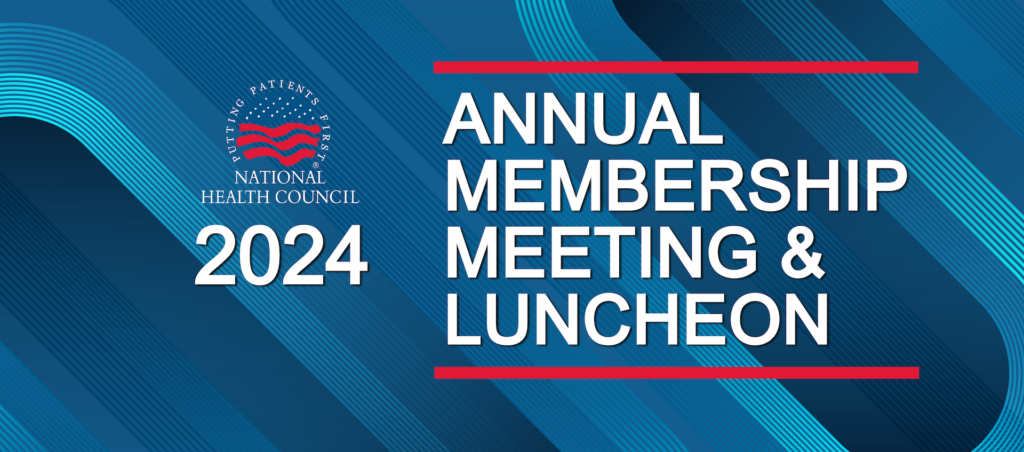

Final Federal Insurance Guidelines for 2023 Issued
By: Jennifer Dexter, AVP, Policy
On April 28, the Department of Health and Human Services (HHS) released their Notice of Benefit and Payment Parameters for 2023 Final Rule. This rule sets standards for insurance issuers and Marketplaces, as well as requirements for agents, brokers, web-brokers, and issuers assisting consumers with enrollment through Marketplaces that use the federal platform. These rules are reviewed and modified every year and have a significant impact on the types, cost, and quality of insurance available in the Marketplace.
One significant difference between the initial proposed rule and the final rule was that HHS dropped a risk-adjustment proposal that would have failed to adequately reimburse insurers with a higher number of people with expensive health conditions and discouraged companies from making their insurance plans attractive to people with chronic diseases and disabilities. The National Health Council and several partner organizations led the effort to get this change made in the final rule.
Another change is that HHS has decided to issue a separate rule on nondiscrimination in coverage on the basis on sex. Originally, they had proposed including it in this final rule.
The following are additional included provisions that are important to patients. The rule:
- Requires issuers in the Federally-facilitated Marketplace (FFMs) and State-based Marketplaces on the Federal Platform (SBM-FPs) to offer standardized plan options in addition to their non-standardized plans.
- Sets standards for the display of the standardized options on gov and enforcement of the existing standardized plan option display standards.
- Does not limit the number of non-standardized plans an issuer can offer, though they originally considered doing so to limit confusion by purchasers.
- Increases network adequacy reviews in all states with SBM-FPs.
- Adds specialties beyond primary care to the list of those that need to be within a reasonable travel time to achieve minimum adequacy standards so they can meet the unique health care needs of enrollees. These include things such as emergency medicine, outpatient clinical behavioral health, pediatric primary care, and urgent care. OB/GYN
- Appointment wait times will be added as a network adequacy parameter in 2024.
- Refines the CMS health benefits nondiscrimination policy to ensure that benefit designs are based on clinical evidence.
- Improves the verification process when someone needs to enroll outside of the standard enrollment period due to loss of coverage.
- Raises the number of community-based providers that plans must include.
- Limits the advertising of Marketplace plans on third-party brokers websites.
Next Steps
The NHC is already engaging our members and others for input into the plan guidelines for 2024, which will be released in the Fall. Notably, CMS has asked for help from stakeholders to better understand the type of information potential purchasers need to pick a plan that best suits their needs. The NHC supports improvements to the plan shopping experience and intends to convene NHC members to provide input into this improvement process.


